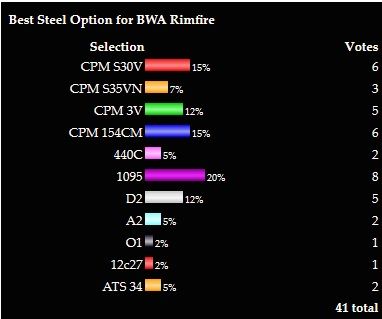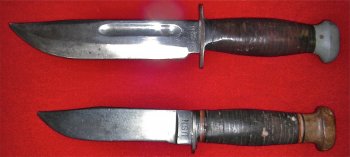A leading knife publication has contacted us about Bushcraft knives so this is research for a future article...Put on your thinking caps...
1. What is a Bushcraft knife?
2. What is the "best" grind for a bushcraft?
3. What is the best steel or steels for a bushcraft?
4. What handle material(s) is best for a bushcraft?
5. How thick should a bushcraft blade be?
6. What type of point should a bushcraft grind have?
7. What size should it be?
1. What is a Bushcraft knife?
2. What is the "best" grind for a bushcraft?
3. What is the best steel or steels for a bushcraft?
4. What handle material(s) is best for a bushcraft?
5. How thick should a bushcraft blade be?
6. What type of point should a bushcraft grind have?
7. What size should it be?
Last edited:




